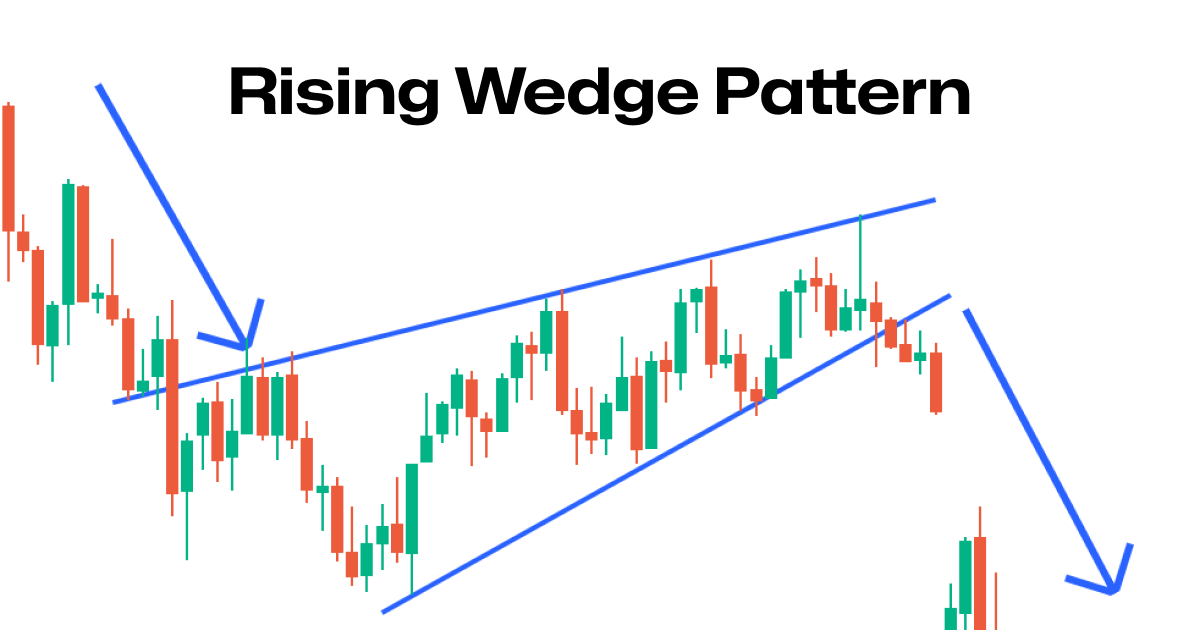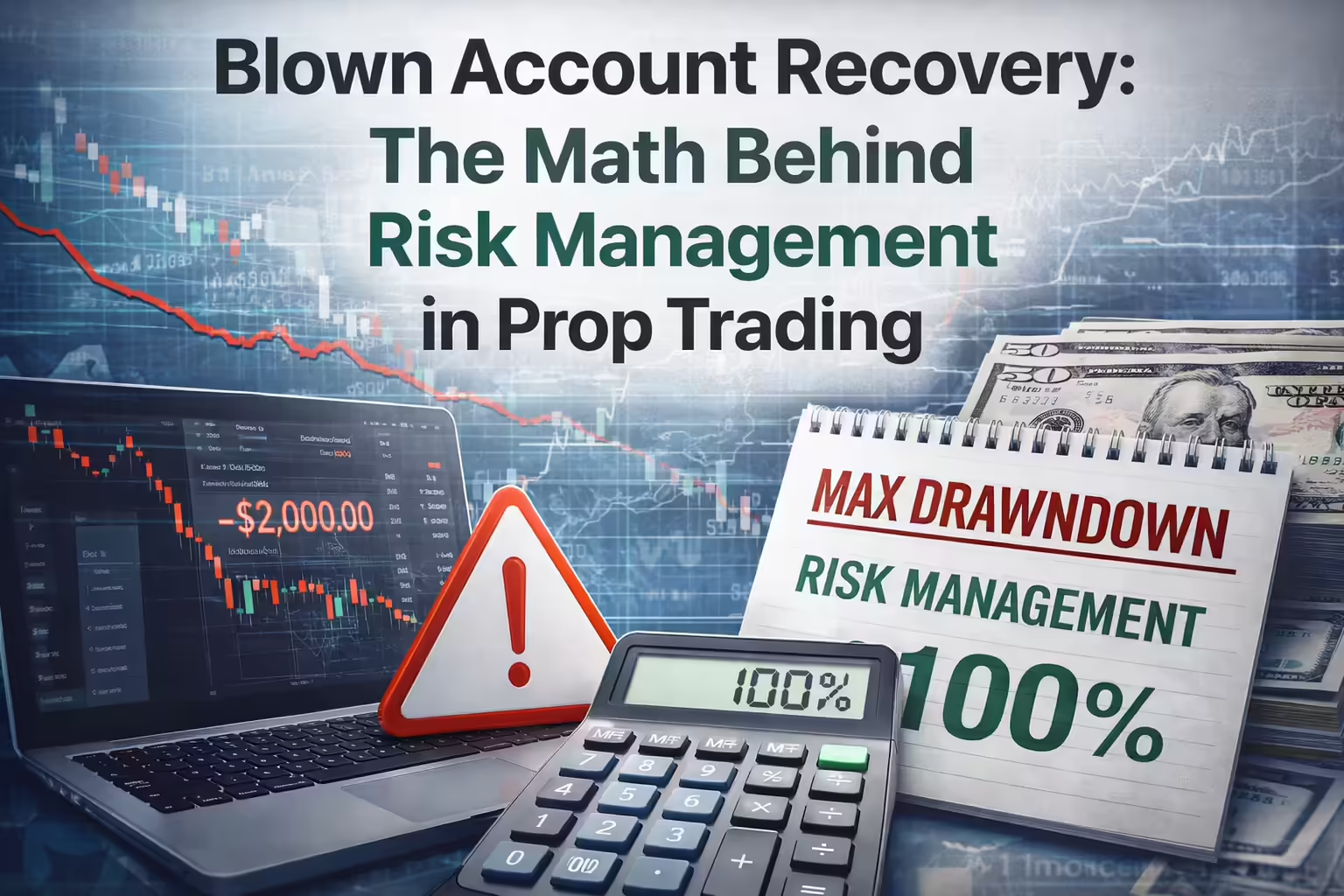Brett is a seasoned day trader with over eight years of experience in the financial markets.He is the Founder and CEO of Tradeify Funding, a platform offering instant funded trading accounts to traders seeking capital.
The rising wedge pattern is a vital chart formation recognized by traders to predict potential reversals in market trends. Understanding and trading this pattern effectively can significantly improve your trading accuracy. In this article, we'll explore how to spot, interpret, and trade the rising wedge with confidence, suitable for both seasoned traders and beginners.
What is a Rising Wedge Pattern?
A rising wedge pattern is a technical chart pattern characterized by converging upward-sloping trend lines. This formation often signals a weakening momentum in the current bullish trend, frequently leading to a reversal to the downside. It occurs when price movements form higher highs and higher lows, but the range between highs and lows narrows.

Key Characteristics:
- Formed by two ascending converging lines.
- Typically appears in an uptrend but can also emerge during a downtrend as a temporary bullish correction.
- Volume generally declines throughout the formation, indicating weakening buying pressure.
How to Identify the Rising Wedge Pattern
Correct identification of the rising wedge pattern is crucial. Here’s a straightforward approach to recognizing this formation:
- Spot an Uptrend:
- Ensure prices are consistently moving upward, forming higher highs and higher lows.
- Draw Trend Lines:
- Connect the peaks and troughs of price action with ascending lines. These lines should converge, creating a wedge shape.
- Observe Volume:
- Look for declining volume during the pattern formation, signaling that buyers are losing momentum.
Example Scenario:
- Initial bullish trend forms higher highs.
- Volume decreases noticeably.
- Prices struggle at higher levels, leading to narrower peaks and troughs.
Why Does the Rising Wedge Pattern Form?
The rising wedge pattern forms due to decreasing bullish momentum. Traders pushing prices higher begin losing strength, causing prices to inch higher at a slowing pace. Eventually, as buying pressure weakens, sellers gain control, leading to a breakout downward.
Trading the Rising Wedge Pattern Effectively
Once you identify a rising wedge, trading it successfully requires strategic entry, stop-loss placement, and profit-taking techniques.
Entry Points:
- Breakout Confirmation: Wait for prices to break below the lower trend line decisively.
- Candlestick Confirmation: A strong bearish candlestick or significant volume spike during breakout can validate your trade entry.
Stop-Loss Placement:
- Place your stop-loss slightly above the recent high formed within the wedge.
- A conservative stop-loss placement can prevent premature stop-outs and allow trades to mature.
Profit Targets:
- Measure the height of the wedge at its widest point.
- Project this distance downward from the breakout point.
- Consider taking partial profits at intermediate support levels to secure gains.
Practical Tips for Trading the Rising Wedge Pattern
To enhance your success when trading the rising wedge pattern, consider these practical tips:
- Combine with Indicators:
- Utilize indicators such as RSI or MACD to confirm weakening momentum.
- Monitor Market Context:
- Understand broader market conditions. A wedge formation within a strong bullish market might require additional confirmation before taking bearish trades.
- Patience is Key:
- Wait for clear breakouts rather than attempting to predict market turns prematurely.
Common Mistakes to Avoid
Even experienced traders can make mistakes trading wedge patterns. Avoid the following pitfalls:
- Trading Before Confirmation:
- Always wait for a confirmed breakout rather than anticipating reversals early.
- Ignoring Volume:
- Volume is essential for validation. Declining volume confirms weakening momentum.
- Neglecting Stop-Losses:
- Always use a well-placed stop-loss to manage risk effectively.
- Always use a well-placed stop-loss to manage risk effectively.

Advantages of Trading the Rising Wedge Pattern
Trading wedge patterns offers notable benefits:
- Clearly defined risk-reward ratios.
- Easy identification of entry and exit points.
- Applicable across multiple asset classes, including stocks, forex, and cryptocurrencies.
Limitations and Risks
While highly effective, rising wedge patterns have limitations to consider:
- False breakouts can occasionally occur.
- Patterns may evolve or transform into other formations.
- Market volatility can complicate trading execution.
Enhance Your Trading Journey with Tradeify
Tradeify empowers traders of all skill levels with intuitive tools, powerful analytics, and real-time insights to elevate your trading strategy and confidence.
Conclusion
Mastering the rising wedge pattern requires practice, patience, and careful analysis. By learning to spot and interpret this powerful pattern, traders of all experience levels can better navigate the markets, making informed, effective trading decisions. Always maintain disciplined risk management practices and utilize additional technical tools to increase your trading success.
.svg)
Get up to $750k instant sim funding
- Start earning payouts instantly
- Super fast automated payouts
- Free journal to improve
.svg)


.svg)




.webp)
